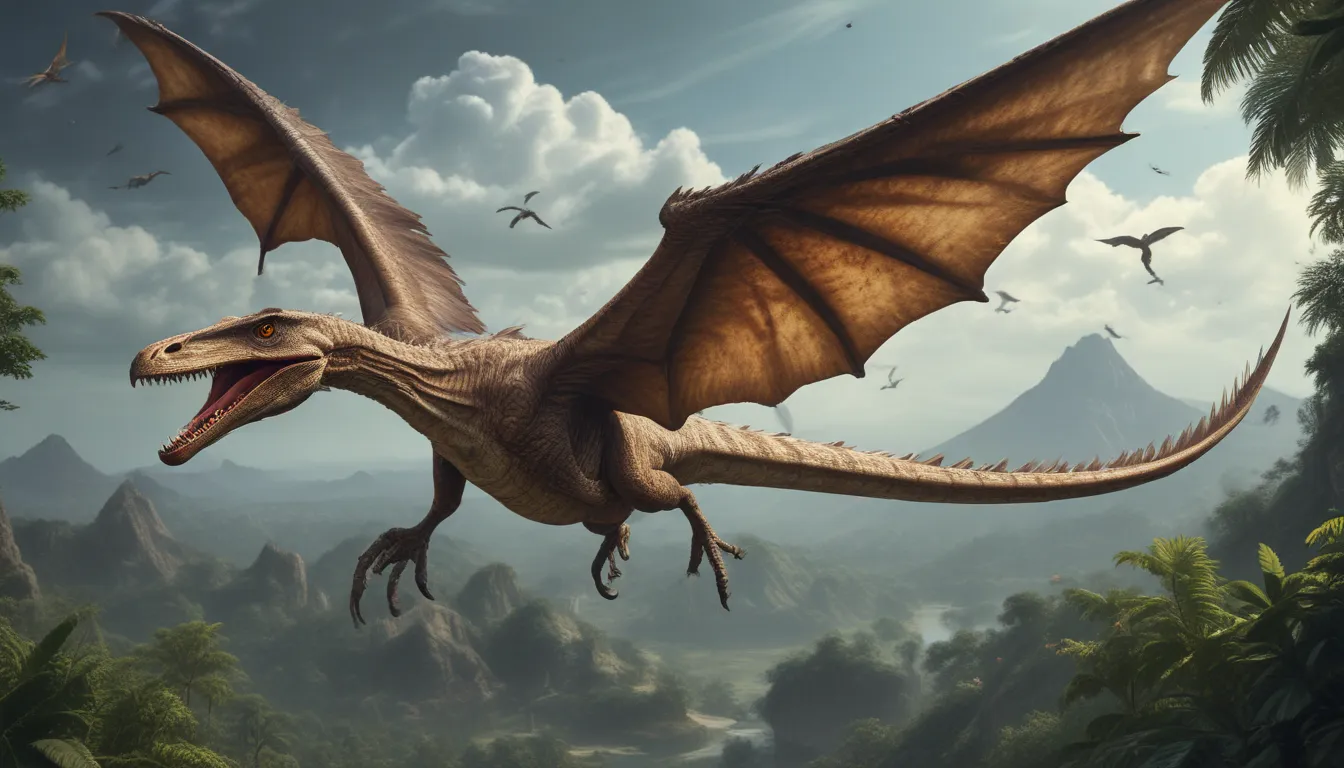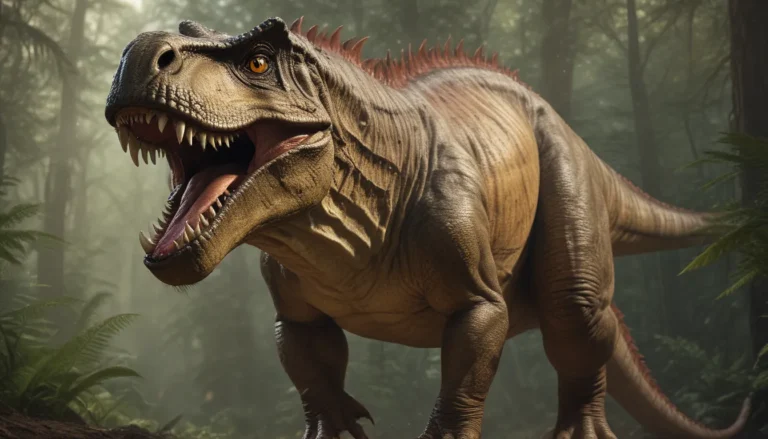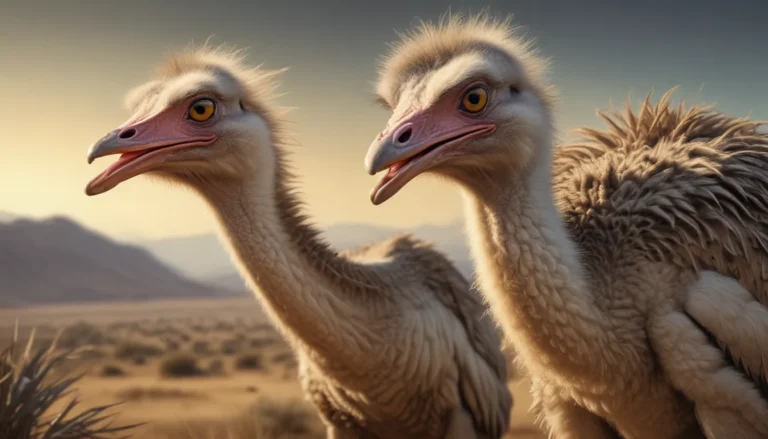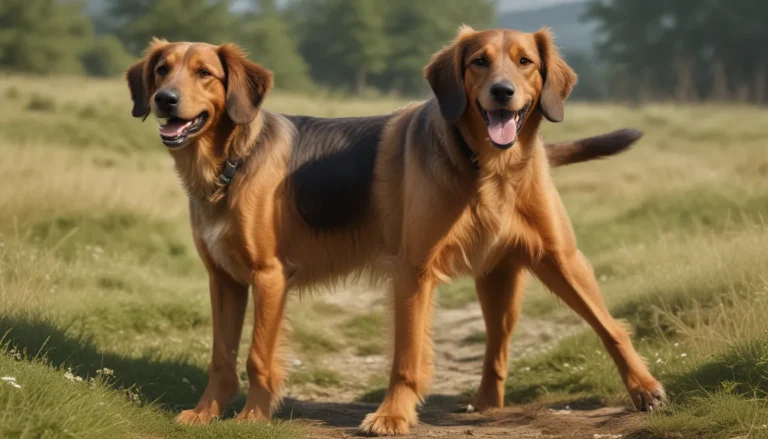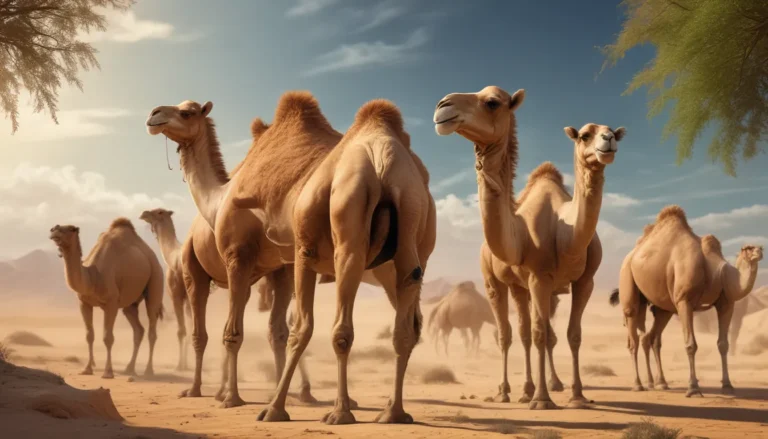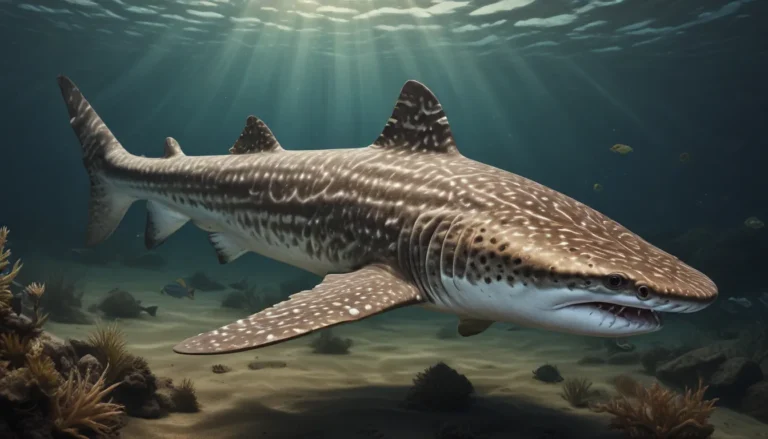The pictures we use in our articles might not show exactly what the words say. We choose these pictures to make you interested in reading more. The pictures work together with the words but don’t take their place. The words still tell you the important facts.
Pterosaurs, the enigmatic "flying reptiles" of ancient times, were a fascinating and diverse group of creatures that mesmerize scientists and enthusiasts alike. In this article, we will uncover 20 intriguing facts about these remarkable beings, shedding light on their size, adaptations, behavior, and role in prehistoric ecosystems. Join us on a journey through time as we explore the captivating world of pterosaurs and delve into the secrets of these magnificent creatures.
The Mesozoic Marvels: Pterosaurs in the Spotlight
Pterosaurs dominated the skies during the Mesozoic Era, coexisting with dinosaurs and showcasing their mastery of powered flight. These aerial beings were the pioneers of vertebrate flight, setting them apart as unique and awe-inspiring creatures of ancient times.
From Tiny to Tremendous: The Diverse Sizes of Pterosaurs
Spanning a wide spectrum of sizes, pterosaurs ranged from diminutive species with wingspans of mere inches to colossal individuals like the legendary Quetzalcoatlus, boasting wingspans exceeding 30 feet. Their size diversity was a testament to the adaptability and versatility of these flying reptiles.
The Ingenious Anatomy of Pterosaurs
Pterosaurs possessed a one-of-a-kind skeletal structure that enabled their aerial capabilities. Their wings were crafted from a membrane of skin stretched between an elongated fourth finger and their body, showcasing a unique design optimized for swift and agile flight.
Lightweight Wonders: The Hollow Bones of Pterosaurs
Equipped with hollow bones akin to those of modern-day birds, pterosaurs were remarkably lightweight and efficient flyers. This feature not only facilitated their flight but also highlighted their evolutionary adaptations for airborne navigation and agility.
Feeding Strategies of Pterosaurs
Pterosaurs exhibited a diverse array of feeding strategies, ranging from carnivorous behaviors to filter feeding and scavenging. Their adaptive diets underscored their ecological significance and role in prehistoric food chains.
Mastery of Flight: Adaptive Features of Pterosaurs
With large brains, keen eyesight, and acute hearing, pterosaurs possessed a suite of adaptations that facilitated their prowess in flight. These evolutionary features allowed them to navigate the skies and locate prey with unparalleled precision.
Pterosaurs: Distinct from Dinosaurs
Despite common misconceptions, pterosaurs were a distinct group of flying reptiles separate from both dinosaurs and birds. Their unique evolutionary history and adaptations set them apart as a remarkable lineage of ancient creatures.
The Long Reign of Pterosaurs
Thriving for over 150 million years, pterosaurs made their mark on Earth from the Late Triassic period to their extinction alongside dinosaurs at the end of the Cretaceous period. Their enduring presence exemplified their adaptability and success as ancient beings.
A Tapestry of Diversity: The World of Pterosaurs
Comprising over 150 known species, pterosaurs exhibited a rich tapestry of diversity in size, shape, and ecological roles. Their widespread presence and varied adaptations reflected the complexity and abundance of these flying reptiles in ancient ecosystems.
Global Nomads: Pterosaurs Across Continents
Fossils of pterosaurs have been unearthed on every continent, highlighting their global distribution and ability to inhabit diverse environments worldwide. Their presence in varied landscapes speaks to their adaptability and ubiquity in prehistoric times.
The Sky’s the Limit: Flight Capabilities of Pterosaurs
With sophisticated wing structures, pterosaurs were highly efficient flyers capable of gliding, soaring, and even powered flight. Their airborne prowess set them apart as unparalleled masters of the skies in their time.
Predatory Adaptations of Pterosaurs
From specialized teeth for snatching fish to robust beaks for capturing terrestrial prey, pterosaurs showcased a range of predatory adaptations tailored to their hunting strategies. These evolutionary features underscored their success as formidable predators in ancient ecosystems.
Gender Dynamics: Sexual Dimorphism in Pterosaurs
In certain species, males and females exhibited distinct differences in size, shape, or ornamentation, likely playing a role in courtship and reproductive success. These gender dynamics added a layer of complexity to the social behaviors of pterosaurs.
Warm-Blooded Wonders: Metabolic Insight into Pterosaurs
Studies suggest that pterosaurs may have exhibited warm-blooded metabolism, allowing them to regulate body temperature and thrive in diverse environments. Their physiological adaptations provided them with a competitive edge in their aerial pursuits.
Social Creatures: Colony Living in Pterosaurs
Evidence suggests that pterosaurs were social animals, likely living and interacting in colonies akin to modern-day birds. Their communal behaviors hinted at the intricate social structures and dynamics of these flying reptiles.
Nesting Habits and Parental Care in Pterosaurs
Reproduction among pterosaurs involved egg-laying, with some species potentially exhibiting parental care for their young. These nurturing behaviors showcased a level of parental investment and protection observed in certain reptilian and avian species.
Communication Among Pterosaurs
Pterosaurs likely utilized vocalizations and visual displays as a means of communication, conveying information and establishing social connections with their fellow winged companions. Their intricate communication system added depth to their social interactions.
Fossil Insights: Window into Ancient Ecosystems
The study of pterosaur fossils provides valuable insights into the biodiversity and ecological dynamics of the Mesozoic Era. These fossil records offer a glimpse into the ancient worlds inhabited by these magnificent creatures, enriching our understanding of prehistoric ecosystems.
Evolutionary Significance: Pterosaurs as Flight Pioneers
Pterosaurs played a pivotal role in the evolution of flight, bridging the gap between reptilian gliders and the powered flight observed in modern birds. Their unique adaptations and aerial abilities marked them as instrumental figures in the evolutionary history of vertebrate flight.
Extinction Enigmas: The Fate of Pterosaurs
The extinction of pterosaurs around 66 million years ago remains a topic of debate among scientists, with environmental changes and competition from other flying animals cited as potential factors. The enigmatic demise of these flying reptiles adds a layer of mystery to their ancient legacy.
Conclusion: Pterosaurs Unveiled
Pterosaurs, the ancient wonders of the skies, continue to intrigue and inspire us with their remarkable adaptations and behaviors. Through our exploration of these 20 intriguing facts, we have gained valuable insights into the world of pterosaurs, from their diverse sizes to their evolutionary significance in flight. As we unravel the mysteries of these magnificent creatures through ongoing research and discovery, our appreciation for the legacy of pterosaurs only deepens, underscoring their enduring place in the tapestry of prehistoric life.
FAQs: Unraveling the Mysteries of Pterosaurs
Q: What does the word “pterosaur” mean?
A: The term “pterosaur” originates from the Greek words “ptero” meaning wing and “saur” meaning lizard, translating to “winged lizard.”
Q: Were pterosaurs dinosaurs?
A: No, pterosaurs were a distinct group of flying reptiles separate from dinosaurs, existing alongside them during the Mesozoic Era.
Q: How did pterosaurs fly?
A: Pterosaurs flew using a unique wing structure composed of a membrane of skin stretched between an elongated fourth finger and their body, enabling gliding and powered flight.
Q: Did all pterosaurs have the same size?
A: Pterosaurs exhibited a wide range of sizes, with some species as small as a sparrow and others boasting wingspans exceeding 40 feet, showcasing size diversity within the group.
Q: When did pterosaurs go extinct?
A: Pterosaurs became extinct approximately 66 million years ago at the end of the Cretaceous period, coinciding with the extinction of non-avian dinosaurs and marking the end of an era.
Venture into the world of pterosaurs and uncover the wonders of these ancient flying reptiles. Explore their diverse adaptations, evolutionary significance, and ecological roles as we unravel the mysteries of these Mesozoic marvels. Join us in celebrating the legacy of pterosaurs and their enduring impact on the history of life on Earth.
